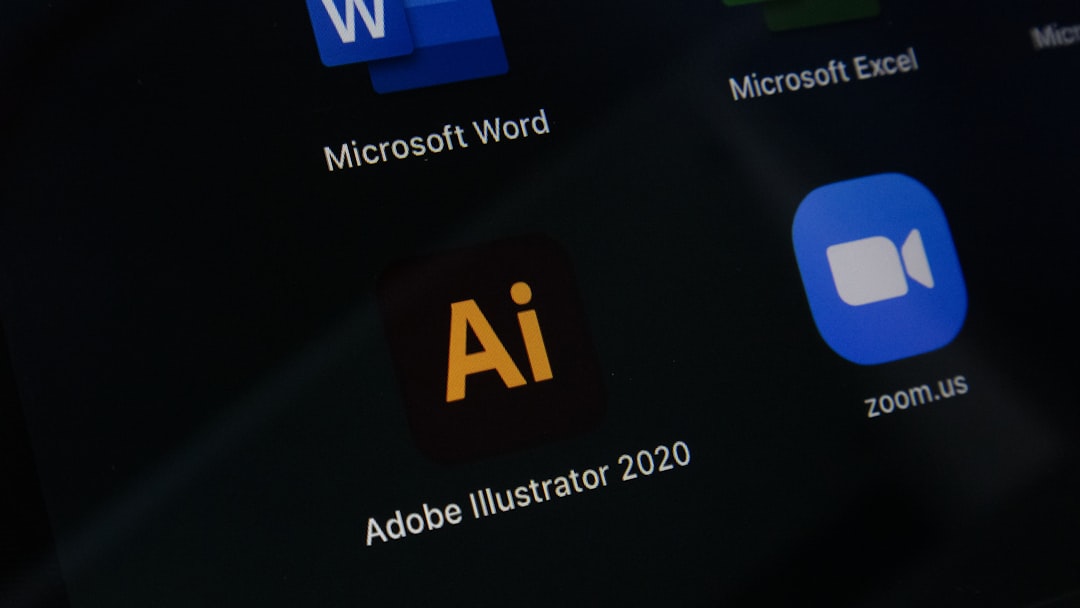
What software can be used for logo design?
Creating a logo is one of the most important aspects of building a brand identity. A well-designed logo helps establish credibility, communicates a company’s values, and stands as a recognizable symbol for customers. To design a logo that is both visually compelling and versatile, choosing the right software is crucial. Fortunately, there are several reliable options available for designers with varying levels of expertise and budget considerations.
[ai-img]logo design, computer screen, graphic software[/ai-img]Below is a comprehensive overview of the most widely used software for logo design, ranging from professional-grade tools to accessible platforms for beginners.
1. Adobe Illustrator
Adobe Illustrator is widely considered the gold standard for logo design. As a part of the Adobe Creative Cloud suite, Illustrator offers a powerful set of tools tailored for vector-based design work. Vector graphics are essential in logo design because they allow for scalability without any loss in quality.
Key features include:
- Advanced vector editing tools
- Precise grid systems and alignment
- Integration with other Adobe products
- Customizable artboards and templates
Its industry-leading performance makes it the go-to choice for professional graphic designers and design agencies looking for precision and creative flexibility.
2. CorelDRAW
CorelDRAW has long been a popular alternative to Adobe Illustrator for professional designers. It caters to a variety of graphic design needs, including logo creation. Known for its user-friendly interface and high-performance tools, CorelDRAW offers robust capabilities in vector illustration and layout design.
Core features:
- Symmetrical drawing tools
- Non-destructive effects
- Extensive font and color management features
- Customizable workspaces for workflow optimization
3. Affinity Designer
Affinity Designer is a cost-effective alternative to Adobe Illustrator, offering comparable functionality at a one-time payment instead of a subscription model. Designed for both vector and raster workflows, it’s an excellent option for freelancers or small business owners looking to keep design costs low without compromising on features.
Why choose it:
- Real-time performance
- Intuitive user interface
- Precision engineering tools for curve manipulation
- Compatibility with most file formats including PSD, AI, SVG, and PDF
4. Canva
Canva is an online platform that has grown immensely in popularity, especially among non-designers. It offers a user-friendly drag-and-drop interface and pre-designed templates, making the logo creation process accessible to anyone. While not as powerful as Illustrator or CorelDRAW, it is ideal for quick, simple logos.
Features include:
- Wide variety of customizable templates
- Extensive library of icons, fonts, and graphics
- Cloud-based access for easy collaboration
5. Inkscape
Inkscape is a free, open-source vector graphics editor that rivals many premium tools. It is particularly suited for users who are proficient in design but need a budget-friendly option. Inkscape supports the SVG format natively and includes tools for creating complex vector designs.
Main advantages:
- No cost and open-source
- Strong vector editing capabilities
- Community support and extensive plugin availability
- Cross-platform compatibility (Windows, macOS, Linux)
6. Gravit Designer
Gravit Designer is another free web-based design tool that offers a balance between functionality and ease of use. While the free version has limitations, the Pro version unlocks greater capabilities that are suited for logo design. It’s effective for designers who need to switch between devices or work in cloud-based environments.
Standout features:
- Cross-platform application with desktop and web versions
- Clean, modern interface
- Multiple export options
- Precision tools for shape and path editing
Choosing the Right Tool
Selecting the right software for logo design depends on your specific needs, skill level, and budget. For professional and commercial-grade work, tools like Adobe Illustrator or CorelDRAW are recommended. However, if you’re just starting out or need to design a quick logo for a small project, options like Canva or Inkscape provide tremendous value.
Remember that design software is only one part of the equation—the quality of the final logo also depends on your creativity, understanding of design principles, and attention to detail.
[ai-img]creative logo design process, sketching, computer work[/ai-img]In conclusion, whether you’re a seasoned professional or a beginner exploring brand identity design, there’s no shortage of software solutions to meet your needs. Carefully weigh the pros and cons of each option, test out a few, and choose the one that best aligns with your creative goals.


